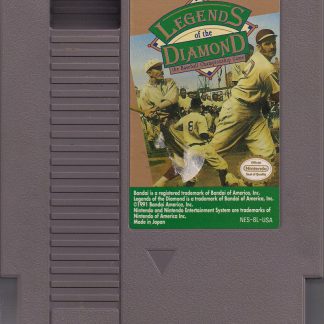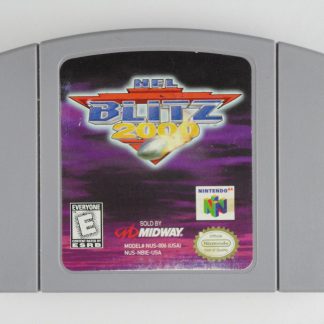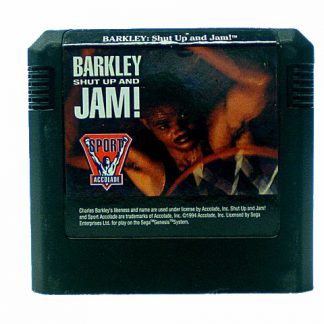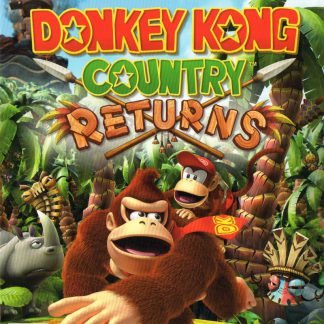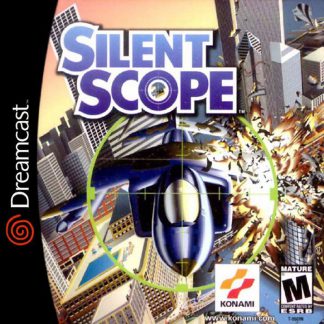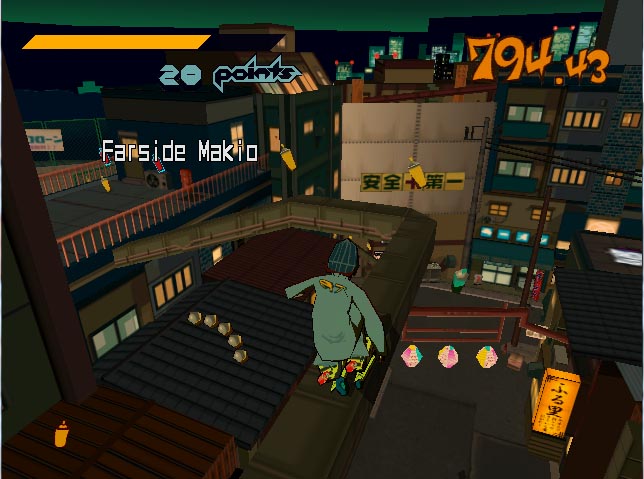
For the latter half of the 90s the gaming industry had become accustomed to referring to Sega as the old washed up boxer of the industry. Falling far from their height at the top of the industry with the Genesis the Sega CD, 32X and Saturn destroyed the last bits of good will they had built with fans. But the Dreamcast reminded everyone that when Sega is “on” they are one of the greatest creative forces in the business, and no game represents that fact more than Jet Grind Radio.
As the leader of the GGs, it’s up to you to assemble a crew of like minded graffiti artists as you protect your turf from rival gangs and the police, all in the name of freedom of expression. Released in 2000 Jet Grind Radio turned heads due to its innovative art style but also had the gameplay to back up its amazing graphics. Nothing else on the market at the time looked or played like it and it stands as one of the brightest spots in the Dreamcast lineup.
Each character has different strengths when it comes to speed, graffiti, and how many spray cans they can hold. In total you’ll amass a crew of 8 unique personalities but it’s not as simple as asking for help. First you have to impress them in a series of 3 challenges that serve as tutorials for the game’s mechanics. These range from simple techniques such as grinding on rails to deeper mechanics such as tailgating vehicles for more speed. There’s a nice ramp up when it comes to what each challenge entails and even towards the end when you recruit your last rudie the game shows you that there is always room for improvement. The only fly in the ointment would be the stupid decision to place the camera and spray button together; it makes no sense, considering there are other buttons on the controller that are unused. It isn’t anything you won’t get used to but does provide some frustration during intense moments.
Similar to the player challenges the rest of Jet Grind Radio exhibits the same level of variety. There are 3 districts in Tokyo-to, each with its own unique look and obstacles. Missions range from simple tasks such as tagging over a set number of targets, to boss battles against rival gangs. Tagging involves a series of specific analog stick prompts to fully paint a target. These start off simple but become sprawling exhibition pieces later on. The tradeoff for creating these pieces of art is the number of spray cans needed and that you also have to stand still to complete the picture, a feat that becomes difficult in short order. While there isn’t any multiplayer, there are 102 graffiti souls scattered around the world that unlock new tags to replace the default you start with. There are also simple tools that allow you to create your own as well but sadly the option to go online and download new ones Is no longer available.
Despite its cheery exterior this is not an easy game. Between the strict time limit, increasing number of targets that need to be tagged, and the police the GGs have their work cut out. There is a steady escalation in tactics the police will employ the deeper you progress, to the point where they resort to tanks, helicopters, suicide bombers, and tear gas in addition to the large number of police officers who will tackle you at a moment’s notice. Knowing that Captain Onishima is on your ass and has a bullet with your name on it is nerve wracking to say the least. Tagging rival crew members will put every skill you’ve learned to the test. But at the end of the day it’s the good kind of challenge.
Much has been said about the cel-shaded visuals and it’s all true. While this isn’t the first game to feature the technique (Dr. Hauzer on the 3DO of all consoles holds that distinction.) it popularized it. Sega could easily have coasted on the novelty of the visual style but wisely married it with a distinct design sense that any number of games would kill for. The 3 districts of the city sport their own look: Shibuya is a shopping district during the day, Kogane takes place during sunset, and Benten is perpetually night all day. The visual variety is astounding and combined with the wacky set of personalities near timeless.
The sound track combines nearly all styles of music, from hip hop to acid jazz and j-pop and never gets old. The US version of the game added some new songs featuring rock acts such as Rob Zombie and while they fit somewhat they become repetitive quickly. The overall sound design however is immaculate; hell even the voice acting is competent!
What else needs to be said? It’s a crime that this didn’t sell as well as it deserved but at least it left an indelible mark on the industry. The American version features an expanded soundtrack, more graffiti designs, and 2 new cities, making a great game even better. Hunt down a Dreamcast if you must, no one should miss out on this lost gem.















